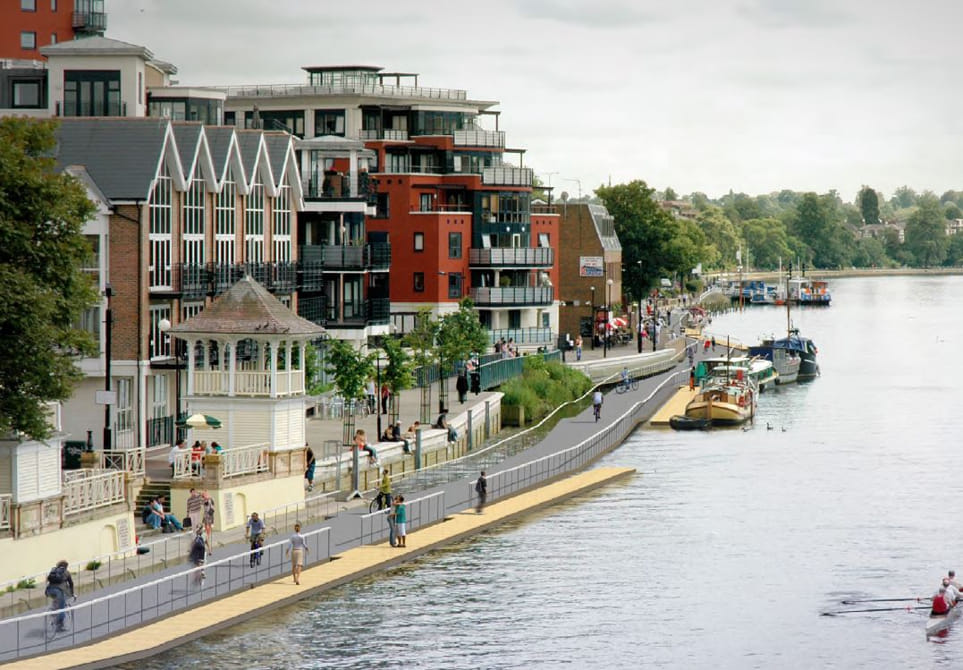Exploring Kingston Upon Thames: The Dynamics of Change of Use
Nestled in the heart of Greater London, Kingston Upon Thames stands as a quintessential blend of historical charm and contemporary vibrancy. With its picturesque riverside setting, bustling marketplace, and rich cultural heritage, this vibrant town has long been a magnet for residents and visitors alike. However, as urban landscapes evolve, so too does the nature of its spaces. One such evolution that captures attention is the phenomenon of “change of use.” In this article, we delve into the dynamics of Kingston Upon Thames’ changing landscape through the lens of change of use.
Understanding Change of Use:
Change of use refers to the process of repurposing a building or land for a different function than its original intended use. In the context of Kingston Upon Thames, this concept holds significant relevance as the town experiences shifts in demographics, economic trends, and societal needs. From traditional retail spaces to innovative co-working hubs, the possibilities for change of use are diverse and dynamic.
Historical Context:
To truly appreciate the significance of change of use in Kingston Upon Thames, one must first understand its rich historical tapestry. Dating back to Anglo-Saxon times, Kingston has served as a vital hub for trade and commerce along the River Thames. Over the centuries, the town has witnessed transformations, from its days as a medieval market town to its role as a modern commercial center. Each era has left its mark on the architectural landscape, creating a unique blend of old-world charm and contemporary design.
Economic Drivers:
Economic factors play a pivotal role in driving change of use in Kingston Upon Thames. As consumer preferences evolve and industries adapt to new technologies, the demand for certain types of spaces fluctuates. For instance, the rise of e-commerce has led to a shift in retail patterns, prompting some traditional storefronts to explore alternative uses such as residential conversions or mixed-use developments. Similarly, the growth of the gig economy has fueled demand for flexible office spaces, co-working hubs, and creative studios, reshaping the town’s commercial real estate market.
Regulatory Framework:
Navigating the complexities of change of use in Kingston Upon Thames requires a keen understanding of the regulatory framework governing planning and development. Local authorities play a crucial role in overseeing changes to land and buildings, ensuring that proposed alterations align with strategic objectives, conservation efforts, and community interests. Developers and property owners must navigate a maze of planning policies, zoning regulations, and heritage considerations to secure approval for change of use projects.
Community Impact:
At the heart of any change of use endeavor lies its impact on the local community. In Kingston Upon Thames, residents are deeply invested in preserving the town’s character and heritage while embracing opportunities for growth and innovation. Public consultation and engagement are integral to the planning process, allowing stakeholders to voice their concerns, aspirations, and visions for the future. By fostering a collaborative approach to change of use initiatives, the town can strike a balance between preserving its past and embracing its future.
Case Studies:
Several notable examples illustrate the diverse manifestations of change of use in Kingston Upon Thames. From the adaptive reuse of historic buildings to the transformation of underutilized spaces, these projects showcase the town’s resilience and creativity.
The Old Post Office: Once a bustling hub of postal activity, this historic building has been reimagined as a vibrant community space housing a mix of artisanal shops, cafes, and cultural venues. Its adaptive reuse preserves the architectural integrity of the original structure while breathing new life into the heart of the town.
Riverfront Redevelopment: Along the banks of the River Thames, former industrial sites are undergoing a metamorphosis into modern residential complexes, recreational amenities, and waterfront promenades. This revitalization effort not only enhances the town’s aesthetic appeal but also fosters a sense of connection with its natural surroundings.
High Street Revitalization: Amidst changing retail trends, Kingston’s High Street is experiencing a resurgence with the emergence of pop-up markets, artisanal boutiques, and experiential storefronts. By embracing a diverse mix of uses, the town center remains a vibrant destination for shopping, dining, and entertainment.
Looking Ahead:
As Kingston Upon Thames continues to evolve, the dynamics of change of use will shape its urban landscape for years to come. From adaptive reuse projects that breathe new life into historic landmarks to innovative developments that cater to emerging needs, the town’s transformation reflects a delicate balance between preservation and progress. By embracing change with foresight and creativity, Kingston reaffirms its status as a dynamic and resilient community at the forefront of urban renewal.





